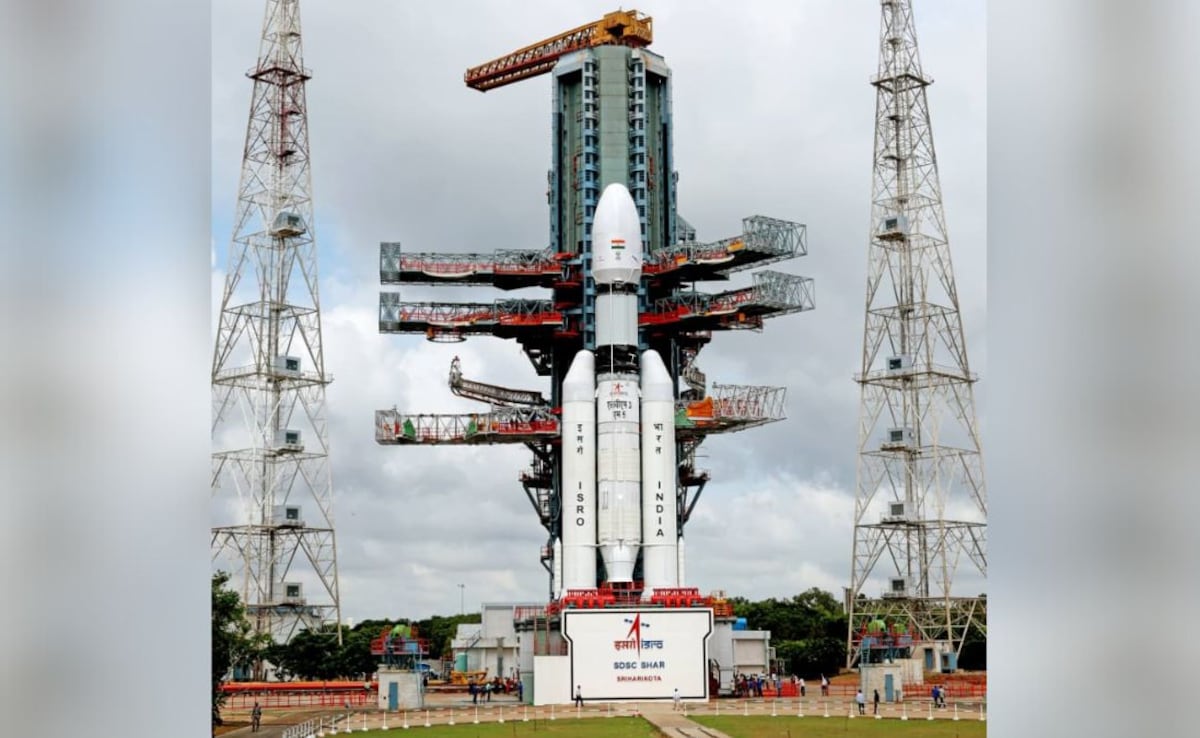
LVM3 Bahubali launch vehicle is scheduled to carry the CMS-03 communications satellite
New Delhi:
The Indian Space Research Organisation (ISRO) is set to launch its heaviest Bahubali rocket tomorrow. It will carry a satellite dedicated to helping the Indian Navy communicate with its assets and defend the country.
Here's your 10-point cheatsheet to this big story
- The ‘Bahubali' rocket will be launched at 5.26 pm on Sunday from India's space port in Andhra Pradesh's Sriharikota. It will be the eighth launch of this rocket model from Sriharikota's Satish Dhawan Space Centre.
- The massive ‘Bahubali' rocket is technically called the Launch Vehicle Mark-3 (LVM-3). All the seven launches so far had a 100 per cent success record.
- On its last launch in 2023, the LVM-3 successfully carried India's Chandrayaan-3 mission on its historical flight. The homegrown heavy-lift launcher is 43.5 metres tall, equivalent to a 15-floor building.
- It weighs 642 tonnes at liftoff, equivalent to the weight of 150 full-grown Asian elephants.
- The satellite that it will carry for the Indian Navy is called ‘CMS-03', to be used for maritime defence communications.
- At 4,400 kg, it is also the heaviest communications satellite ever to be launched from India to a geosynchronous transfer orbit.
- The CMS-03 satellite will replace the GSAT-7 or Rukmini satellite, which has served the Indian Navy since 2013.
- The new satellite can communicate in many bands and will connect Indian naval assets with secure communication within 2,000 km of India's coastline. Each LVM-3 rocket costs about Rs 500 crore; its 16-minute flight will use the homegrown cryogenic engine.
- During Operation Sindoor, the satellite Rukmini and the Indian naval assets helped keep Pakistan's navy at bay through network centric operations.
- The human rated version of LVM-3 ‘Bahubali' rocket will power India's crewed space flight or the Gaganyaan Mission.

